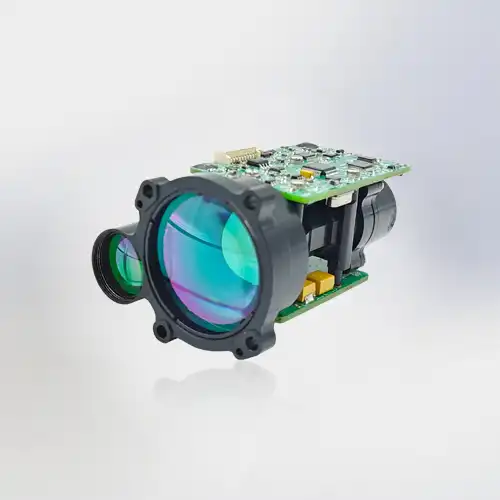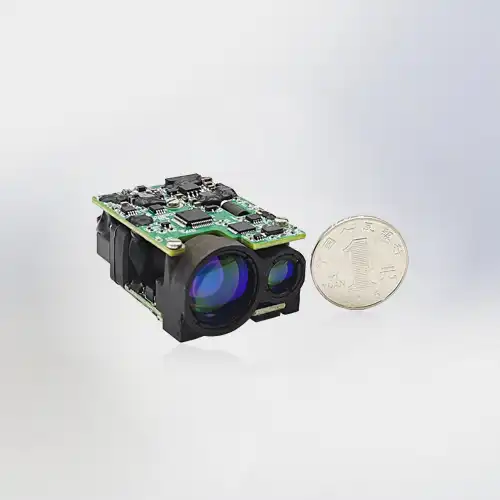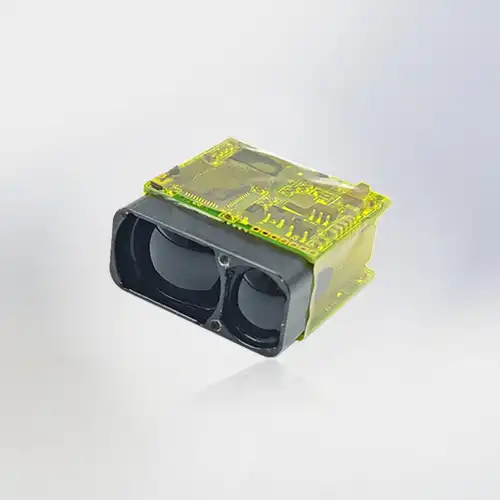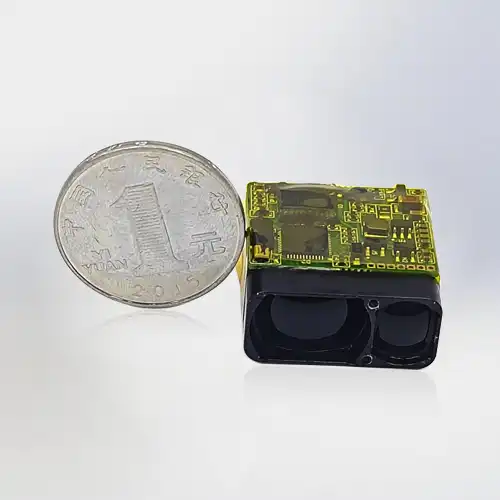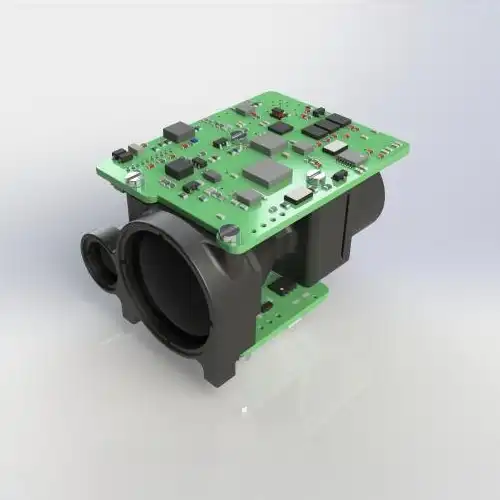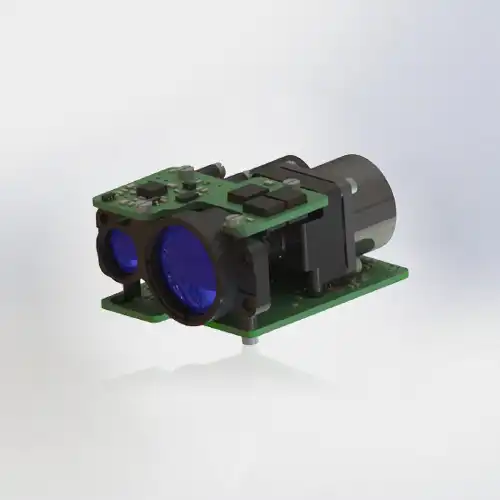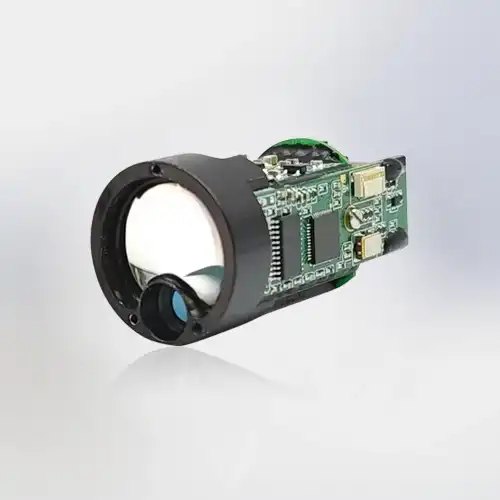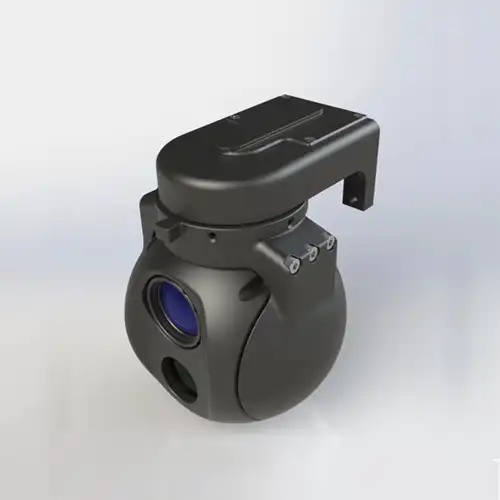How Does a Laser Rangefinder Work?
Understanding the inner workings of a laser rangefinder can demystify this essential tool used in various fields, from sports to military applications. Let's delve deep into how these devices measure distances with precision, their accuracy, and the technology behind them.
How Accurate are Laser Rangefinders?
Laser rangefinders are known for their accuracy, which can vary depending on the model and environmental conditions. Here's a breakdown of the accuracy of different types of laser rangefinders:
Type of Laser Rangefinder
Laser range finders fall into three primary sorts: golf, hunting/nature running, and ranger service. Golf range finders are intended to find the flimsy, vertical banner stick and separate it from the foundation.
Range finders for hunting, shooting, and general estimations take a gander at bigger things that are simpler to disconnect. While most rangefinders are monoculars, hunting rangefinders are likewise accessible as optics.
A few golf and hunting range finders have the capacity to represent a distinction in height between the beginning and end of a direction (ballistic running). Ranger service range locaters are utilized to decide both the distance to a tree and how tall the tree is or the way that far a home is from the beginning. Similarly as with any instrument, select the rangefinder that accommodates your planned use.
This precision makes them invaluable tools for surveying, hunting, and golf.
How Does a Laser Ranging Device Work?
At the heart of a laser rangefinder is a simple yet powerful principle: time-of-flight measurement. The device emits a short pulse of laser light, which travels at the speed of light (approximately 299,792 kilometers per second). Here's a step-by-step breakdown of how a laser ranging device works:
1. The rangefinder emits a laser pulse.
2. The laser pulse travels towards the target.
3. The laser pulse hits the target and reflects back towards the rangefinder.
4. The rangefinder detects the reflected laser pulse.
5. The rangefinder measures the time it took for the laser pulse to travel to the target and back.
6. The rangefinder calculates the distance using the time-of-flight principle: Distance = Speed of Light x Time of Flight / 2.
How Does a Laser Range Finder Calculate Distance?
The calculation of distance by a laser rangefinder involves a straightforward formula: Distance = Speed of Light x Time of Flight / 2. Here's a table that shows how different factors can affect the accuracy of the distance calculation:
|
Factor |
Effect on Accuracy |
|
Quality of lens |
Higher quality lenses reduce errors caused by light dispersion and distortion |
|
Power of laser |
Higher power lasers provide a stronger signal, reducing errors caused by signal loss |
|
Environmental conditions |
Fog, rain, and sunlight can affect the intensity and path of the laser signal, leading to measurement errors |
Modern rangefinders use advanced electronics and algorithms to process these measurements quickly and display the distance in real-time.
Laser Rangefinder Uses
Laser rangefinders have a wide range of applications. Here's a table that shows some common uses of laser rangefinders:
|
Application |
Description |
|
Golf |
Golfers use rangefinders to measure the distance to the flag, helping them choose the right club |
|
Hunting |
Hunters use rangefinders to measure the distance to their target, improving their accuracy |
|
Construction and Surveying |
Professionals use rangefinders to measure distances accurately and efficiently in construction and surveying projects |
|
Military and Law Enforcement |
Military and law enforcement personnel use rangefinders for tactical and reconnaissance purposes |
Laser Rangefinder Accuracy
The accuracy of a laser rangefinder is influenced by several factors, including the quality of the lens, the power of the laser, and environmental conditions such as fog, rain, and sunlight. Here's a table that shows how these factors can affect the accuracy of laser rangefinders:
|
Factor |
Effect on Accuracy |
|
Quality of lens |
Higher quality lenses reduce errors caused by light dispersion and distortion |
|
Power of laser |
Higher power lasers provide a stronger signal, reducing errors caused by signal loss |
|
Environmental conditions |
Fog, rain, and sunlight can affect the intensity and path of the laser signal, leading to measurement errors |
High-quality rangefinders use advanced optics and algorithms to minimize errors caused by these factors.
Laser Rangefinder Wavelength
The wavelength of the laser used in rangefinders is crucial for its performance. Here's a table that shows the common wavelengths used in laser rangefinders and their advantages and limitations:
|
Wavelength (nm) |
Advantages |
Limitations |
|
905 |
Short wavelength allows for high accuracy and fast measurements |
Can be affected by atmospheric conditions such as fog and rain |
|
1064 |
Longer wavelength provides better penetration through atmospheric conditions |
Requires more power, which can reduce battery life |
|
1550 |
Longest wavelength, providing the best penetration through atmospheric conditions |
Expensive due to the use of specialized components |
What is Erbium Glass Laser Range Finder Module?
An Erbium glass laser range finder module utilizes erbium-doped fiber amplifiers (EDFAs) to enhance the power of the laser signal. This technology is particularly useful for long-range applications, as it allows the laser beam to maintain its intensity over greater distances, improving the rangefinder's effectiveness.
Can the Erbium Glass Laser Range Finder Module be Mounted on Drones for Aerial Surveying?
Yes, Erbium glass laser range finder modules are suitable for mounting on drones for aerial surveying. Their ability to operate over long distances and their compact size make them ideal for integration into drone systems.
Here's a table that shows the benefits of using an Erbium glass laser range finder module on drones for aerial surveying:
|
Benefit |
Description |
|
Long-range capability |
The Erbium glass laser range finder module allows for accurate measurements over long distances, making it ideal for aerial surveying |
|
Compact size |
The compact size of the module makes it easy to integrate into drone systems |
|
High accuracy |
The module provides high accuracy measurements, ensuring precise data for aerial surveying projects |
Conclusion
Laser rangefinders have evolved into indispensable tools across various fields. Their ability to measure distances accurately and efficiently has opened up new possibilities in sports, construction, and even space exploration. As technology advances, we can expect laser rangefinders to become even more sophisticated, offering enhanced capabilities and expanding their range of applications.
For those looking to explore the capabilities of Erbium glass laser range finder modules, Hainan Eyoung Technology Co., Ltd. stands as a leading provider. With a focus on innovation and quality, Eyoung Technology offers cutting-edge solutions for a wide range of photoelectric applications. For more information or to discuss your specific needs, contact us at evelyn@eyoungtec.com.
References
1. "Laser Rangefinder Technology: Principles and Applications" - IEEE Transactions on Instrumentation and Measurement.
2. "Erbium-Doped Fiber Amplifiers: Fundamentals and Technology" - Academic Press.
3. "Application of Laser Rangefinders in Aerial Surveying" - Journal of Surveying Engineering.
